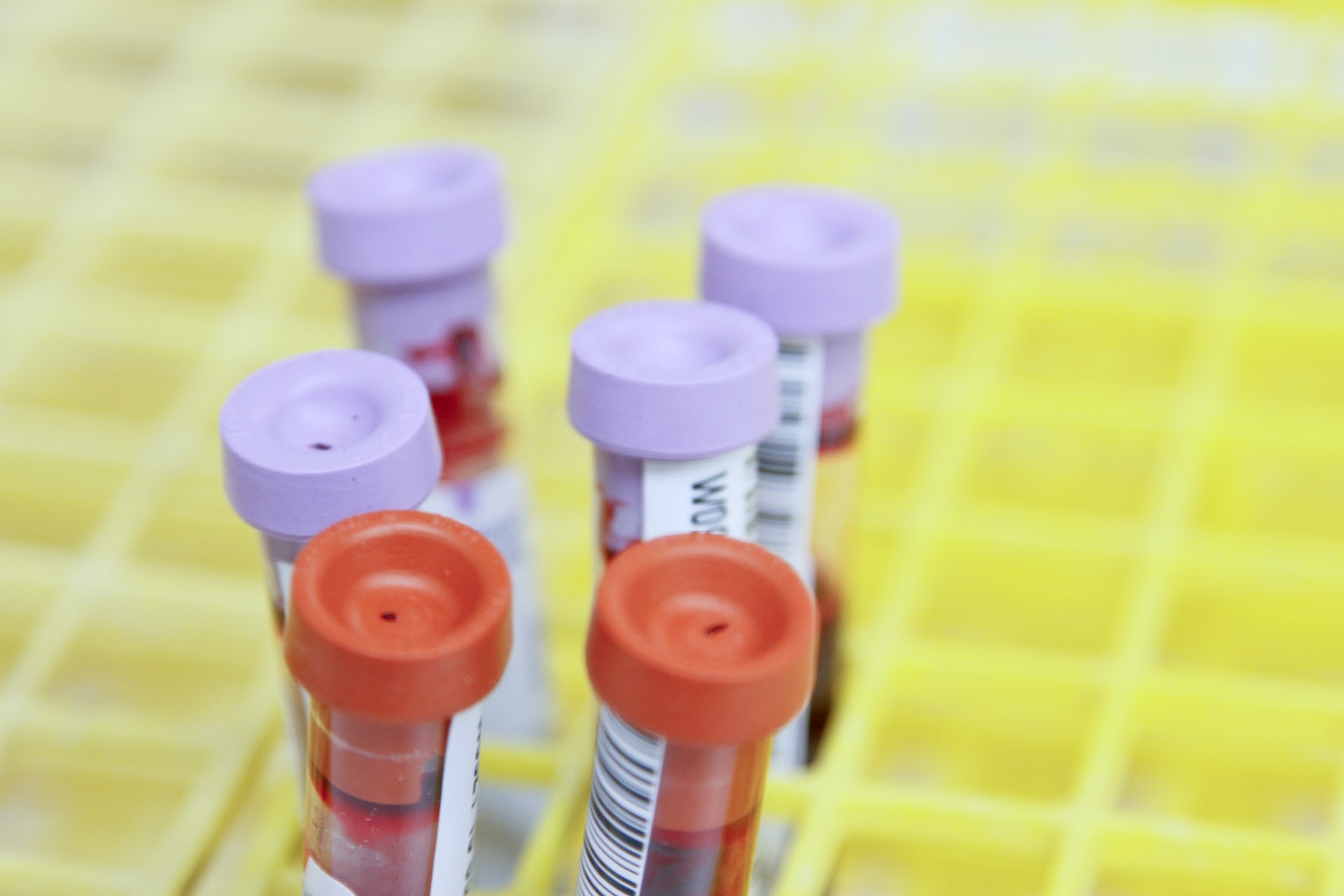
What is High Hemoglobin? What is Hemoglobin Normal Values and Reference Range?
When we go to the doctor for a certain condition, one of the first things the doctor does is get a blood test. Knowing the level of hemoglobin in red blood cells is important in the diagnosis and treatment of various disease. What is High Hemoglobin?
A blood count is done to make a diagnosis or to establish the right treatment program for a diagnosed disease. The blood count is one of the routine blood tests necessary to look at the number of red and white cells in the blood and to understand the status of platelets. Knowing the level of hemoglobin in red blood cells is important in the diagnosis and treatment of various diseases.
High or low hemoglobin can be a sign of various blood diseases. So, what causes high Hemoglobin? What should be the normal values of hemoglobin (HGB)?
Each of the blood cells has a different task. The hemoglobin count in the blood is taken into account in the diagnosis and treatment of all diseases based on anemia. The rise or fall of hemoglobin, which is responsible for carrying oxygen throughout the body, can cause some problems.

What is Hemoglobin?
Hemoglobin, listed as HGB in blood tests, is a protein found in red blood cells. Hemoglobin, which is very rich in iron, provides the transport of oxygen taken into the body through the lungs in the respiratory system. Oxygen sticks to hemoglobin in red blood cells and circulates throughout the body thanks to hemoglobin.
What Causes High Hemoglobin?
Hemoglobin values, which cause certain health problems in case of rise or fall, are shown with the name "HGB" and the symbol "gr/dL" in blood tests. Hemoglobin normal values differ in everyone according to age groups, gender, hormonal differences or genetic conditions.
The range of hemoglobin values in newborn babies is accepted as 13.5 – 24 g/dL in babies, and 11 – 13 gr/dL in babies aged 0-3 years. While hemoglobin values are considered normal at the level of 13.5 – 17.5 g/dL in adult men, this value is determined as 12.5 – 15.5 g/dL in adult women.
When a result above or below these ranges is encountered, an increase in hemoglobin or a decrease in hemoglobin can be mentioned.
High hemoglobin indicates excessive blood production and excessive blood flow. High hemoglobin can be a symptom of various diseases such as polycythemia, lung diseases, kidney tumors.
![]()
What Are the Symptoms of High Hemoglobin?
- Itching
- Feeling of tiredness
- Headache and dizziness
- Joint pain and joint swelling
- Excessive sweating
- Lose a lot of weight at once
- Yellowing of the eyes
Why Does Hemoglobin Drop?
A lower-than-normal hemoglobin level is a sign of anemia. Iron deficiency anemia, anemia due to vitamin B12, anemia due to chronic diseases, aplastic anemia, hematological anemia are among the first diseases that come to mind in low hemoglobin.
Low Hemoglobin Symptoms
- Weight loss, weakness
- Irregular heartbeat
- Always cold, hands and feet always cold
- Pale lifeless appearance of the skin
- Chest pain, shortness of breath
- Anorexia
- Hair loss
- Tiredness
- Weakness
- Headache







